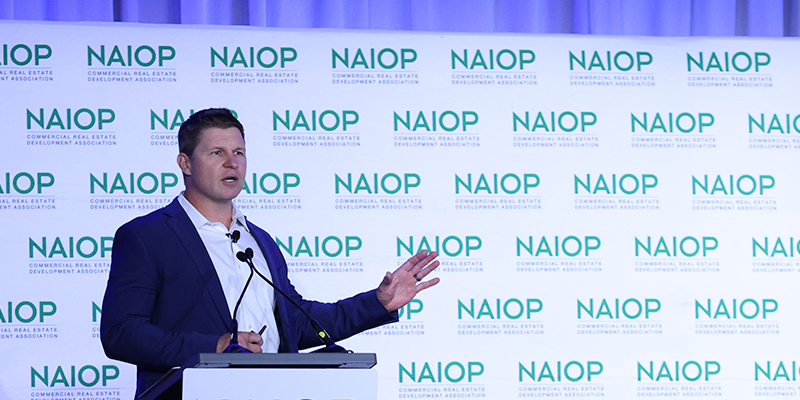Think back to how and where you worked one year ago, before the pandemic began and hastily upended it all. Chances are that many of your work habits and activities pre-COVID look very different from the workplace “new normal” that will emerge post-pandemic.
While city, state and business mandates vary, workers are likely to trickle back into the office rather than return full force all at once. Crowded cubicles, business travel and meetings that drone on endlessly have all been reshaped by COVID – some temporarily and some permanently.
Here are five changes the post-COVID workplace will continue to embrace:
The Virtual-First Model
The pendulum quickly swung from mostly on-site office workers to 100% virtual workforces, and it’s hard to believe that it will completely swing back. Hybrid models, where workers split time between office and home offices, have gained popularity, but one company – tech giant Dropbox – settled on a new strategy: Virtual First. For all employees, remote working is the default, giving workers flexibility to temporarily relocate or schedule their working hours around other events of their day. For collaboration or learning – but not solo work – employees can meet at a “Dropbox Studios” physical space or another coworking facility whose fees Dropbox will cover as a perk. To get teams aligned with this new way of thinking, and to share the ups and downs of the process with other companies considering their own workplace strategies, the company has publicly shared its Virtual First Toolkit.
Less Flying, More Zooming
Businesses around the globe have continued operations virtually, with far fewer face-to-face meetings and far greater time spent on Zoom calls instead of in airports. As a result, companies have pocketed huge savings in travel costs and workers have more hours to conduct business in lieu of travel time. Bloomberg reports that business travel in North America declined by 79% from April to December 2020, with low expectations of business travel resuming in 2021. Don’t count all business travel out yet, say executives from American Express Global Business Travel, who predict that business travel will be reimagined to prioritize “experiential meetings — in-person bonding opportunities for scattered remote workers and trips that feel more like work perks than obligations.”
More Opportunities for Women
Woman have historically experienced career interruptions to care for family, and the pandemic has caused more women to step back as school-age children have limited access to in-person school or care. McKinsey says women make up 39% of global employment but account for 54% of overall job losses during the pandemic. Some losses are due to the professional role – jobs held by women have been disproportionately impacted by the COVID crisis, such as positions in retail and hospitality. Research shows that family-friendly policies and employer- or state-funded investment in childcare options can keep women in the workforce, narrowing the gender gap and increasing household spending that benefits global GDP. The pandemic has accelerated acceptance of WFH situations and more flexible work hours that allow women to better balance home and work responsibilities, helping level the playing field and keeping women on career paths that lead to greater opportunities.
Loungewear > Suiting Up
You probably won’t be wearing sweats to the office, but it’s likely you won’t be wearing suits every day anymore either. A shift toward more informal attire could be accepted in some office settings, particularly if client meetings are still mostly virtual and the need for dressing to impress relaxes.
The Demise of the Meeting
Tech advancements and online meeting overload have propelled us to turn to digital tools for everything from status updates to kudos. Slack says freeing up employee calendars by zapping routine weekly meetings can create more time for collaboration and team building. Tracking projects via tools like Microsoft Teams can keep workers aligned and moving in the same direction. If you’re meeting virtually, WorkflowMax says you need a clear agenda, a set amount of time, as few team members as possible, and a straightforward result.
No doubt that the pandemic accelerated a remote working trend that had been slowly gaining momentum in the proceeding years but had failed to fully take hold. Along with work styles, a shift in employee trust has happened as workers have proven that productivity isn’t slowed by working out of the office. Another plus: workers report greater satisfaction, productivity and reduced stress due to eliminated commutes.








